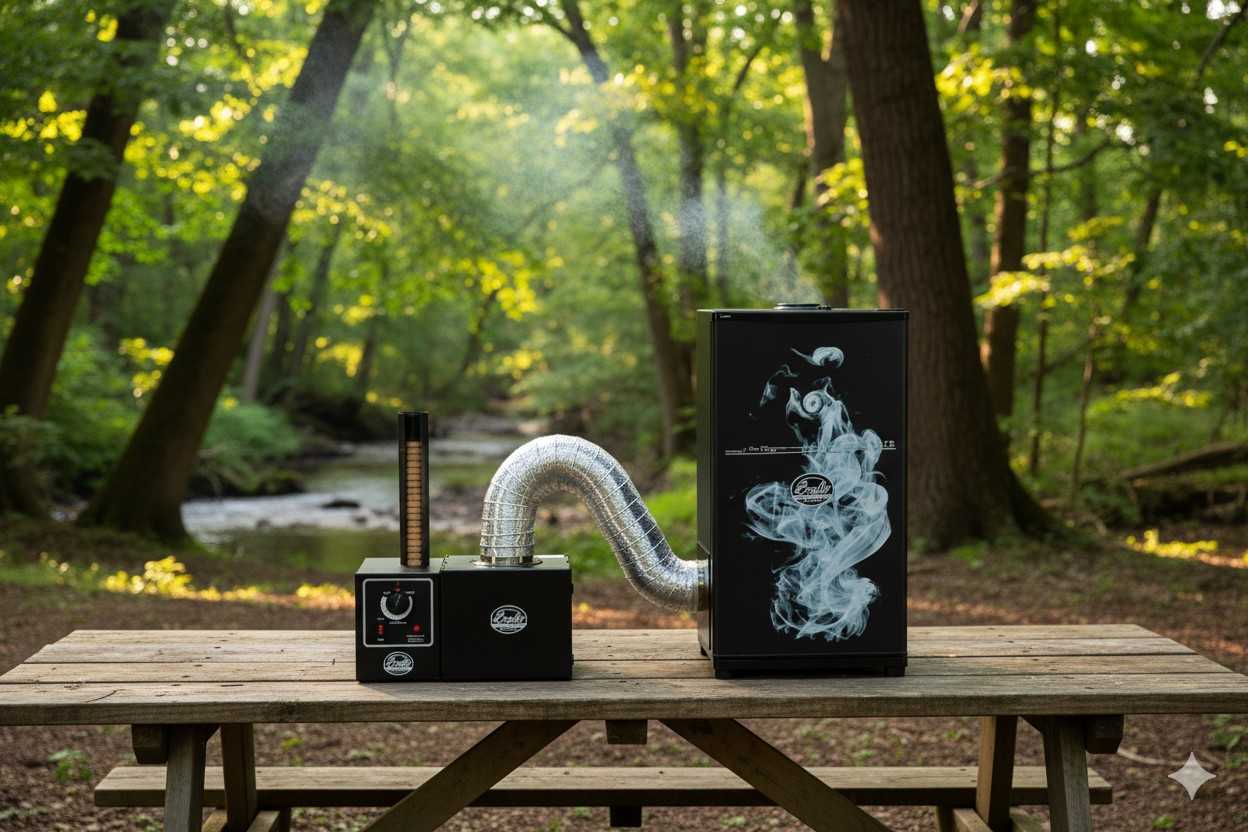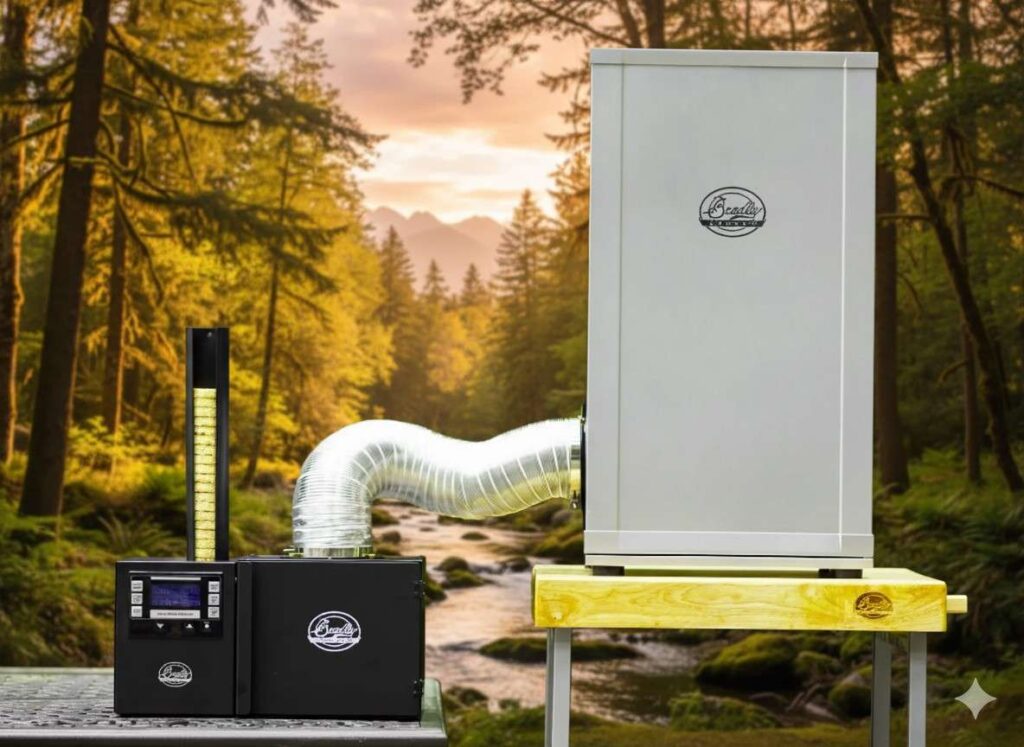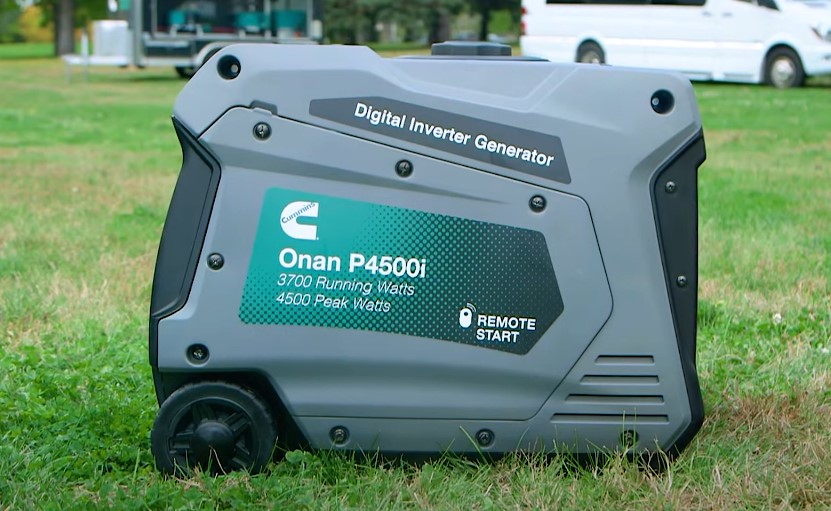Physical Address
304 North Cardinal St.
Dorchester Center, MA 02124
Physical Address
304 North Cardinal St.
Dorchester Center, MA 02124

Owning a smoker can turn your meals into mouthwatering delights, but dealing with Bradley Smoke Generator Problems might baffle you at times.
From uneven smoke to error codes, these issues can be frustrating but are surprisingly simple to fix with some basic tips.
Let’s explore common problems and their quick solutions to keep your smoker running smoothly.
The Bradley Smoke Generator might face issues like uneven smoke, wood puck jams, or error codes.
These problems can often be fixed quickly by cleaning the generator, checking the power connections, or ensuring the wood pucks are loaded properly.
Stay proactive with maintenance to enjoy hassle-free smoking every time!

Causes:
The most frequent cause is a faulty heating element on the bisquette burner.
If this element isn’t getting hot enough, the bisquettes won’t smolder and produce smoke.
Other potential culprits include a tripped circuit breaker, a loose power cord connection, or a malfunctioning temperature sensor that fails to signal the heater to turn on.
Fixes:
First, check your power source. Ensure the cord is securely plugged into both the generator and a working outlet, and check your home’s circuit breaker.
If the power is fine, inspect the heating element for visible damage. If it appears broken or isn’t heating up, it will need to be replaced.
You can find replacement parts on the Bradley Smoker website.
Read Also: 8 Common Cummins Onan Generator Problems (With Easy Fixes)

Causes:
This issue is often caused by bisquette dust or debris jamming the feeder tube or the conveyor mechanism.
The motor that drives the feed system could also be malfunctioning. In some cases, using wet or swollen bisquettes can cause them to get stuck.
Another possibility is a misalignment of the feeder components, preventing smooth movement.
Fixes:
Start by unplugging the generator and emptying all bisquettes.
Use a brush or compressed air to clean the feeder tube and conveyor area thoroughly, removing any wood dust or chips. Ensure the bisquettes you are using are dry and in good condition.
If the mechanism is still jammed, you may need to check the motor and gears for obstructions or signs of failure.
Causes:
Over-smoking is typically caused by the bisquettes burning at too high a temperature.
This can happen if the heating element is overheating or if there isn’t enough airflow to regulate the smoldering process.
Using damp or old bisquettes can also contribute, as they may combust improperly and create a harsh smoke profile.
Fixes:
Ensure you’re using fresh, dry Bradley bisquettes. Check that the smoker’s vent is open enough to allow for proper airflow, which helps control the burn rate.
If the problem persists, the issue might be with the temperature regulation of the burner itself.
You can test this with an infrared thermometer to see if the element is exceeding its normal operating temperature.
Causes:
The most obvious cause is a lack of power. This could be due to a faulty power cord, a tripped GFCI outlet, or an issue with the home’s circuit breaker.
Internally, a blown fuse within the smoke generator is a common culprit.
In more serious cases, the main power switch or the internal control board could be faulty, preventing power from reaching the components.
Fixes:
Confirm your power outlet is working by plugging in another device.
Check the smoke generator’s power cord for any damage and ensure it’s firmly connected.
Next, locate and check the fuse inside the generator (refer to your manual for its location) and replace it if it’s blown.
Causes:
Temperature fluctuations can be caused by opening the smoker door too frequently, which lets heat escape.
Poor insulation, a faulty door seal, or extreme weather conditions like high wind or cold can also play a role.
Internally, a malfunctioning temperature sensor or a failing heating element in the main cabinet can prevent the smoker from holding a steady temperature.
Fixes:
Keep the door closed as much as possible during the smoking process. Inspect the door seal for any gaps or damage and replace it if necessary.
Position your smoker in a location sheltered from wind.
If external factors aren’t the issue, test your smoker’s internal thermometer against a reliable third-party thermometer to check for accuracy.
A faulty sensor or element will likely need replacement.
Causes:
A grinding noise almost always points to an issue with the bisquette feeder motor or its associated gears.
This can be caused by wood debris caught in the mechanism, forcing the motor to strain.
It might also indicate that the gears are stripped, worn out, or misaligned, causing them to grind against each other instead of meshing smoothly.
Fixes:
Immediately unplug the unit to prevent further damage. Empty the bisquettes and thoroughly clean the feeder assembly.
Manually turn the mechanism to feel for any binding or rough spots.
If the cleaning doesn’t resolve the noise, you’ll need to open the generator housing to inspect the motor and gears for wear or damage.
Replacement motor assemblies are available and are relatively easy to install.
Causes:
Condensation naturally forms inside the smoker as moisture from the food and the smoldering bisquettes cools against the cabinet walls.
If the drip tray is not positioned correctly or the drain hole is clogged, this moisture can leak out of the smoker door or seams.
This is more common during long smoking sessions or in humid weather.
Fixes:
Make sure the drip tray is properly aligned to catch moisture. Check that the drain hole at the bottom of the smoker is clear of any debris or grease buildup.
Regularly emptying the water bowl and wiping down the interior walls during long cooks can also help manage condensation.
Tilting the smoker slightly towards the back can also help guide moisture toward the drain hole.
Causes:
This bitter taste is often caused by creosote, a black, tar-like substance that forms when wood smolders at low temperatures with insufficient oxygen.
It can also be caused by using wet bisquettes or allowing ash to build up on the burner, which can lead to incomplete combustion and acrid smoke.
Using the wrong type of wood for your food can also contribute to an off-flavor.
Fixes:
Clean your smoker regularly to prevent creosote buildup. Ensure the vent is open enough for good airflow.
Only use dry, brand-approved bisquettes.
It’s also critical to make sure the used bisquettes are being properly extinguished in the water bowl and not left to smolder on the burner or elsewhere.
Experiment with different wood flavors to find the right match for your food.
Causes:
Display issues are often linked to power problems, such as a loose connection or a momentary power surge.
Moisture getting into the control panel can also cause short circuits and malfunctions.
In some cases, the display itself or the underlying control board may have failed due to age or a manufacturing defect. An error code usually points to a specific sensor failure.
Fixes:
First, try a simple reset by unplugging the smoker for a few minutes and then plugging it back in.
Check all wire connections to the control panel, ensuring they are secure and dry. If you see an error code, consult your user manual to understand what it means.
If the display remains faulty, the control panel assembly will likely need to be replaced.
Causes:
This problem usually occurs when the water bowl is empty, misplaced, or too small.
Without water to douse them, the hot bisquettes will continue to burn.
Another cause could be a misalignment of the conveyor system, causing the spent bisquettes to miss the water bowl when they are pushed off the burner.
Fixes:
Always ensure the water bowl is filled to the appropriate level and correctly positioned directly under the spot where the spent bisquettes fall.
Check that nothing is obstructing the path from the burner to the bowl. If the alignment seems off, refer to your manual to see how the conveyor and bowl should be set up.
FAQs
The most common issues are related to power or the bisquette feeding system. Always start by checking your power cord, outlet, and the internal fuse, then ensure the bisquette feeder is clean and free of debris.
A thorough cleaning is recommended after every 3-4 uses to prevent creosote buildup and ensure proper function. The bisquette feeder tube should be checked for dust before every use.
It is strongly recommended to only use official Bradley Flavour Bisquettes. They are specifically designed for the smoker’s feed system and burn rate to ensure consistent smoke and temperature.
Dry food is usually a result of smoking for too long or at too high a temperature. Always use a reliable meat thermometer, and consider using the water bowl to add humidity to the smoker cabinet.
If you’ve gone through these steps and your smoker is still having issues, it’s best to contact Bradley Smoker’s customer support. They can help diagnose more complex problems and provide information on replacement parts.